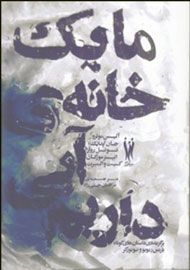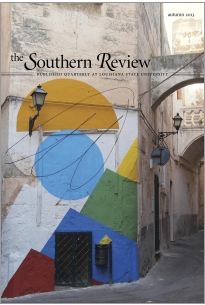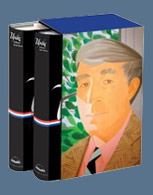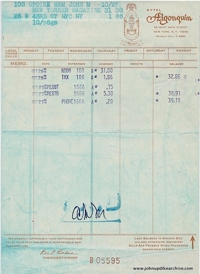 Member Jo Gill, Associate Professor & Director of Education: English at the University of Exeter (UK) has featured Updike prominently in her new book, The Poetics of the American Suburbs (New York: Palgrave, 2013). It includes a discussion of a number of Updike poems, among them “My Children at the Dump,” “The One-Year-Old,” “Scenic,” “Shillington,” “Sleepless in Scarsdale,” and “Suburban Madrigal.”
Member Jo Gill, Associate Professor & Director of Education: English at the University of Exeter (UK) has featured Updike prominently in her new book, The Poetics of the American Suburbs (New York: Palgrave, 2013). It includes a discussion of a number of Updike poems, among them “My Children at the Dump,” “The One-Year-Old,” “Scenic,” “Shillington,” “Sleepless in Scarsdale,” and “Suburban Madrigal.”
Here’s the link to the Macmillan website, which calls it “the first book to consider the rich body of poetry that emerged from and helped to shape the post-war American suburbs. Jo Gill discusses the work of forty or more writers—some well-known, such as Anne Sexton and Langston Hughes, others not primarily known through their poetry such as John Updike, and some who were best-sellers in their own time but have since largely been forgotten such as Phyllis McGinley. Combining detailed textual and archival study with insights drawn from other disciplines, the book offers a new perspective on post-war suburbia and on the broader field of twentieth-century American literature.”
Member Scott Dill has an essay in the recent issue of Critique: Studies in Contemporary Fiction (54:4) titled “Affection for the Affected World: Updike on Emotion, Sense, and Style.” The full essay can be viewed here.
 From the Iran Book News Agency comes the announcement that “‘Blue House’ House to Stories of Noted Writers” was recently published in Persian, a five-story collection featuring authors Alice Munro, John Updike, Alistair Morgan, and Kate Walbert.
From the Iran Book News Agency comes the announcement that “‘Blue House’ House to Stories of Noted Writers” was recently published in Persian, a five-story collection featuring authors Alice Munro, John Updike, Alistair Morgan, and Kate Walbert.







